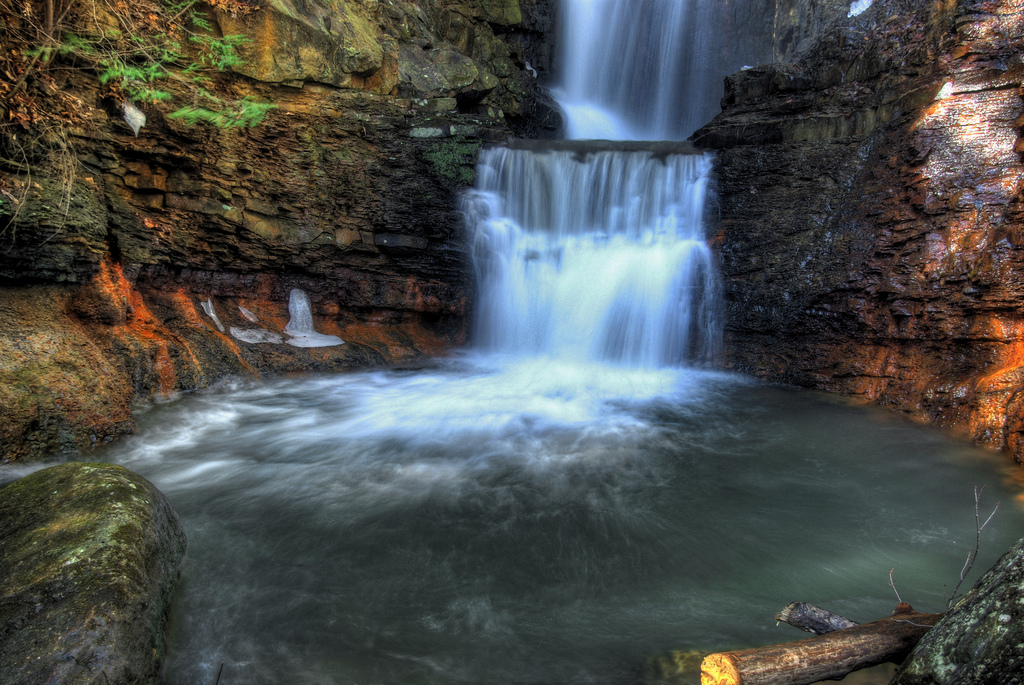State Parks
East Tennessee’s Nine State Parks – Free to Explore

Discover the Natural and Cultural Treasures of East Tennessee’s Nine Lakes Region
Experience the Nine Lakes Region, where natural beauty meets Appalachian heritage. Discover the natural beauty and rich heritage of East Tennessee. The Nine Lakes Region offers scenic landscapes, outdoor recreation, and year-round activities for all ages.
Tennessee State Parks in this area feature hiking, boating, birding, waterfalls, and more—with no entrance fee (some activities may have small costs). From the trails at Frozen Head to birdwatching at Seven Islands, adventure is always close by. Plan your visit and experience the best of East Tennessee’s outdoors.
9 Lakes Region’s State Parks
Surrounded on three sides by Norris Lake, Big Ridge State Park is a heavily forested retreat with lakeside and wooded campsites. Originally developed as one of five TVA demonstration parks with help from the National Park Service and Civilian Conservation Corps, the park offers camping, boating, fishing, swim beach, and historic structures.
Norris Dam State Park is a 4,038-acre park, located on the Norris Reservoir, and features 700 miles of shoreline along one of the most picturesque reservoirs in the TVA system. Miles of trails lead hikers through deeply forested valleys and ridges, while Norris Lake offers park visitors the ultimate in boating, skiing, and fishing fun. The Lenoir Museum Cultural Complex is a must-see for park visitors.
Panther Creek State Park is the hidden gem of the Tennessee State Park System. Located on 1,435 acres and bordered by Cherokee Lake, the park has something for the entire family. In addition to being a pristine wilderness preserve with abundant untouched wildlife, the park offers several hiking, mountain biking and horse trails. Additional features include a boat ramp, swimming pool, camping sites, 18 hole disc golf course, and picnic pavilions, some with sweeping scenic vistas of the lake.
Cove Lake’s 606 acres lie in a picturesque mountain valley along the eastern edge of the Cumberland Plateau and access to Norris Lake via a kayak and boating ramp. Scenic trails wind through wetlands and woodlands, offering excellent wildlife viewing. A paved walking and biking path connects all major park facilities for easy access.
The park also serves as the eastern headquarters for the Justin P. Wilson Cumberland Trail, a developing long-distance footpath spanning hundreds of miles across Tennessee.
The park also serves as the eastern headquarters for the Justin P. Wilson Cumberland Trail, a developing long-distance footpath spanning hundreds of miles across Tennessee.
Frozen Head State Park and Natural Area spans over 24,000 acres of pristine wilderness in the Cumberland Mountains, named for its 3,324-foot peak often capped with snow or ice in winter. The park’s dramatic entrance opens into a landscape of dense forests, waterfalls, and unspoiled mountain beauty.. Known for its scenic trails, wildflowers, and rich biodiversity, the park is a favorite among birdwatchers. Each year, it hosts the renowned Barkley Marathon, drawing extreme runners from around the world.
Tucked into the base of its namesake peak near Tennessee’s northern border, Indian Mountain State Park offers a peaceful escape near Jellico. Spanning 203 acres, this scenic park features a stocked lake perfect for fishing, shady picnic areas, and three easy-to-explore hiking trails.
Despite the name, the park isn’t perched on a mountain—it sits in the shadow of one, offering beautiful views and a relaxed atmosphere. With camping, wildlife, and plenty of space to roam, it’s a hidden gem for families, anglers, and nature lovers alike
Despite the name, the park isn’t perched on a mountain—it sits in the shadow of one, offering beautiful views and a relaxed atmosphere. With camping, wildlife, and plenty of space to roam, it’s a hidden gem for families, anglers, and nature lovers alike
Located along the scenic French Broad River, Seven Islands State Birding Park is a 360-acre sanctuary dedicated to wildlife conservation, nature observation, and low-impact recreation. Open to the public, the park offers hiking trails, birdwatching opportunities, and environmental education in a peaceful, natural setting. Home to an impressive variety of bird and wildlife species, the park serves as a living classroom to study habitat restoration and land management practices. Trails, a demonstration area, and a small kayak launch are available to visitors
Located in the valley of the Little Tennessee River, Fort Loudoun State Historic Area provides a glimpse of life during the time of the French and Indian War (1754-1763). The site features a visitor center, a reconstructed Fort Loudoun, and ruins of Tellico Blockhouse. Picnic tables, fishing pier, hiking trails and boat dock are available. Boat launching ramps are available off site. The Historic Area hosts many seasonal events, such as Garrison Weekends with reenactors and an 18th Century Trade Faire.
Perched on a high bluff where the Clinch and Tennessee Rivers meet, Fort Southwest Point was built in 1797 by a U.S. Army garrison in what is now Kingston. The fort served as a key military and diplomatic outpost—playing a vital role in relations between the United States and the Cherokee Nation until 1811. Today, it stands as the only fully reconstructed colonial-era fort in Tennessee built on its original site. Visitors can explore the fort’s blockhouses, barracks, and parade grounds while enjoying scenic views of Watts Bar Lake. The site also intersects with the historic Lewis and Clark National Historic Trail, commemorating the explorers’ journey through early American frontier territory. Nearby, the Walden Ridge Road—an early route used by settlers—further highlights the area’s importance as a crossroads of travel, trade, and diplomacy. Picnic areas, hiking trails, and sweeping lake vistas make Fort Southwest Point a fascinating stop for both history buffs and outdoor enthusiasts.
